Algorithmic vs Convolution Reverb: Understand the Difference
Which is the best type of reverb for your workflow?
What are the main differences we find when using algorithmic vs convolution reverb? We explore the advantages of these two reverb types.
In this Article
Algorithmic vs Convolution Reverb
Reverb is a complex spatial effect we use in music and post-production to add dimension to sounds for different purposes. In music, we look to accentuate the emotion of an instrumental or vocal performance. Meanwhile, in video production, our goal is to create realism for a more seamless, immersive viewing experience.
Algorithmic vs Convolution Reverb: The Origins of Reverb
Unless you are working in a dead booth or an anechoic chamber, every acoustic sound that you will encounter naturally has reverb from its surrounding environment. For this reason, the first logical way discovered to add reverb to a sound was through the use of echo chambers.
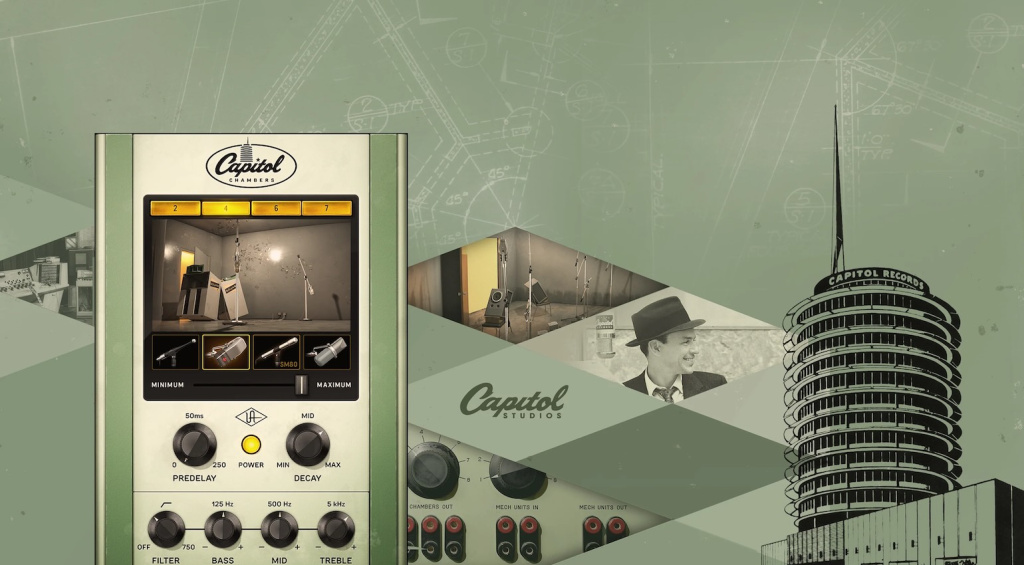
Back in 1947, Bill Putnam is credited with one of the earliest uses of artificial reverb, which he achieved by placing a microphone and a loudspeaker inside a bathroom to create an eerie, otherworldly spatial effect. The process works by playing the dry signal through the loudspeaker, while the microphone captures the ambient character of the space.
The signal from the microphone is then blended with the original sound, enriching it with dimensional character. Until artificial reverbs became the norm, echo chambers were actually built underneath famous studios like Capitol Studios, where engineers could access their sound using a send on the recording console.

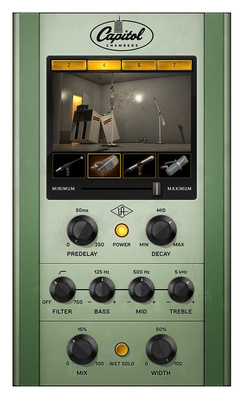
Algorithmic vs Convolution Reverb: Algorithmic Reverb
During the period from the early 1960s to the early 1970s, the concept of artificial or synthesized reverberation was pioneered by German physicist Manfred Schroeder and the British mathematician and inventor, Michael Gerzon. Through Schroeder’s work with cascaded allpass delay lines and Gerzon’s feedback delay networks, the groundwork was laid for simulating the reflections and decay of a sound within an environment.

Later in 1976, during what many regard as the recording industry’s golden age, the German manufacturer Elektromesstecknik launched the first-ever digital reverb unit, the now-iconic EMT 250. Its 12-bit, quasi 15-bit resolution digital conversion stage used a 24 kHz sample rate, and despite its primitive design, produced incredible sounding ambient effects with an astonishingly low noise floor.
With its simple but powerful control set, the EMT paved the way for so many legendary reverbs from manufacturers like Lexicon, AMS, Quantec, and Yamaha. When combined with the development of large-format SSL consoles, the sonic character of digital reverb became the quintessential sound of the 1980s, which is still referenced in music of today.

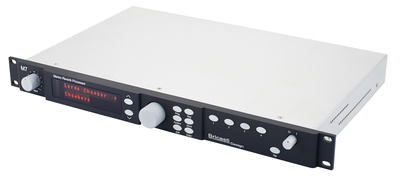
Algorithmic vs Convolution Reverb: Algorithmic Advantages
The reason we use algorithmic reverbs in music production is for their flexibility. With a single plugin, you can convincingly recreate the sounds of several classic digital reverbs, and you have the tools to sculpt the reverb to fit your mix and your song’s tempo. Using controls such as room size, decay time, pre-delay, and diffusion, you can shape the sound quickly and easily.
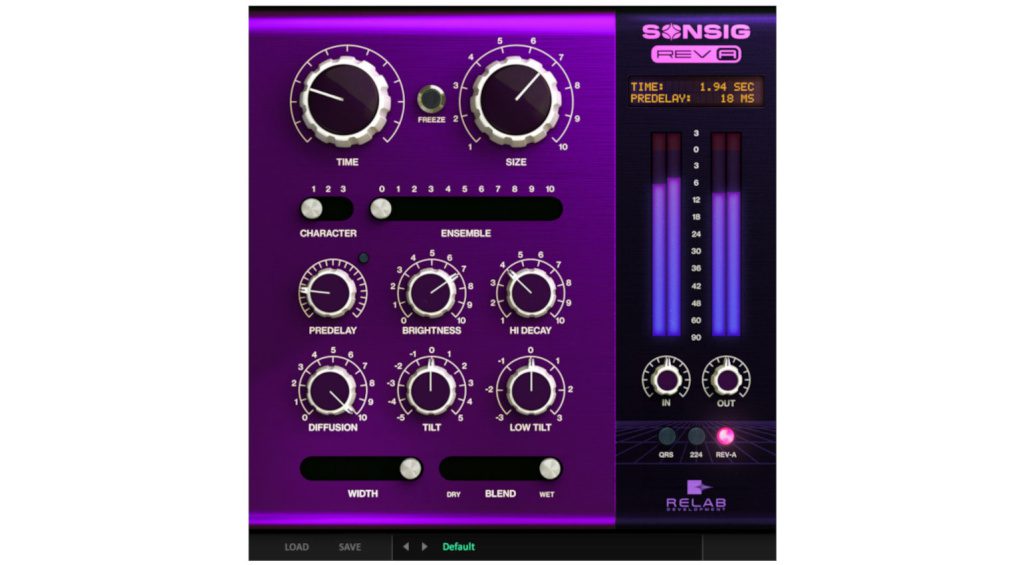
If you consider that the Lexicon 480L set you back around $20,000 when it was launched in 1986, and the Valhalla VintageVerb plugin costs only 50 bucks, it’s safe to say that the technology has come a long way. Algorithmic reverb plugins are also generally on the CPU-friendly side, so with today’s native processing potential, you can use as many reverbs as you like in a DAW project.
This opens up the creative possibilities, as you can layer multiple reverbs to create the massive reverb throws that are so popular in today’s music. With a plugin like Sonsig Rev-A from Relab Development, you can access a wide range of vintage sounds and build your own modern ones, so you have all the bases covered.
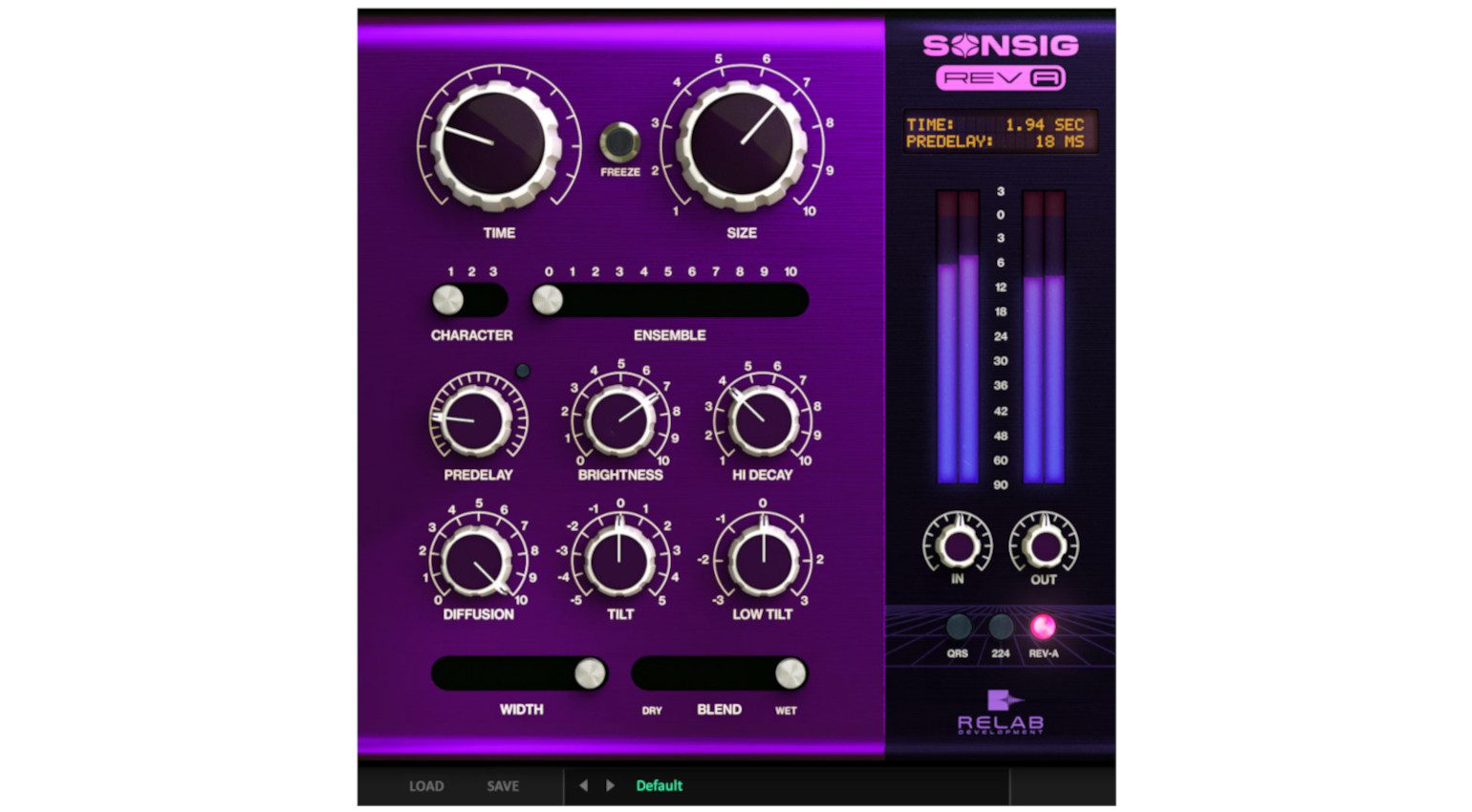
Algorithmic vs Convolution Reverb: Convolution Reverb
Convolution reverb is actually a rather recent development, with the first-ever convolution reverb, the SONY DRE-S777, being launched in 1999. As opposed to algorithms, convolution reverbs rely on data profiles known as impulse responses. In short, an IR is the reading of a particular acoustic environment, which is used in convolution to impart this spatial character onto the input signal.
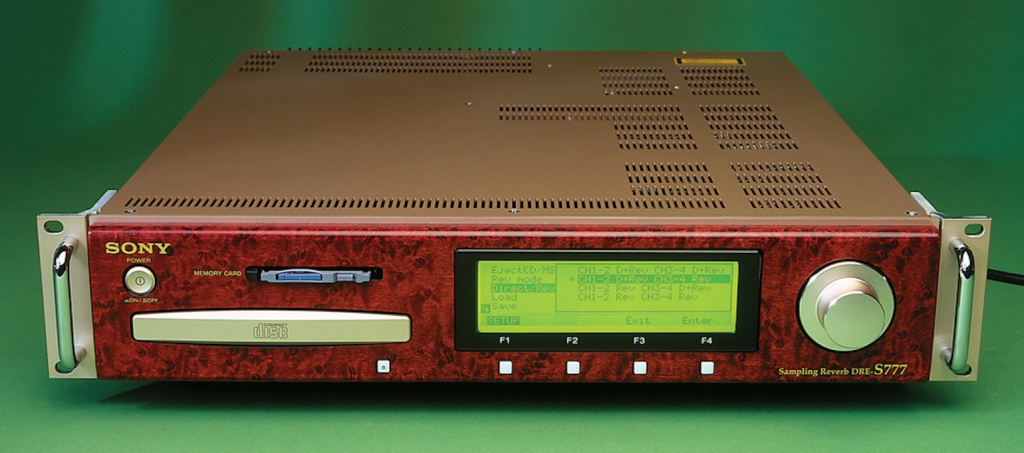
Prior to the release of the DRE-S777, convolution reverb couldn’t actually be done in real-time, so its application within audio was very limited. However, the process of using impulse responses is something that is also used in the modelling of guitar amps, speakers, and microphones. So, it certainly has its place in the industry.
With a convolution reverb, you can capture the IR of a famous acoustic space, like the live room in Oceanway Studios. This can then be used on your dry drum recordings to give them a sound that’s been heard on famous recordings, which is particularly useful if you want a very natural reverb sound.

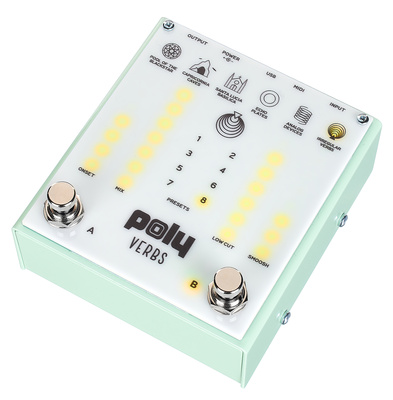
Algorithmic vs Convolution Reverb: Convolution Drawbacks
While the goal may be similar, the way you approach a convolution reverb differs from an algorithmic reverb in several ways. For one, a convolution reverb relies on the strength of its IR library. This means that you have to browse patches until you find something suitable, rather than simply dialing in a sound from scratch.
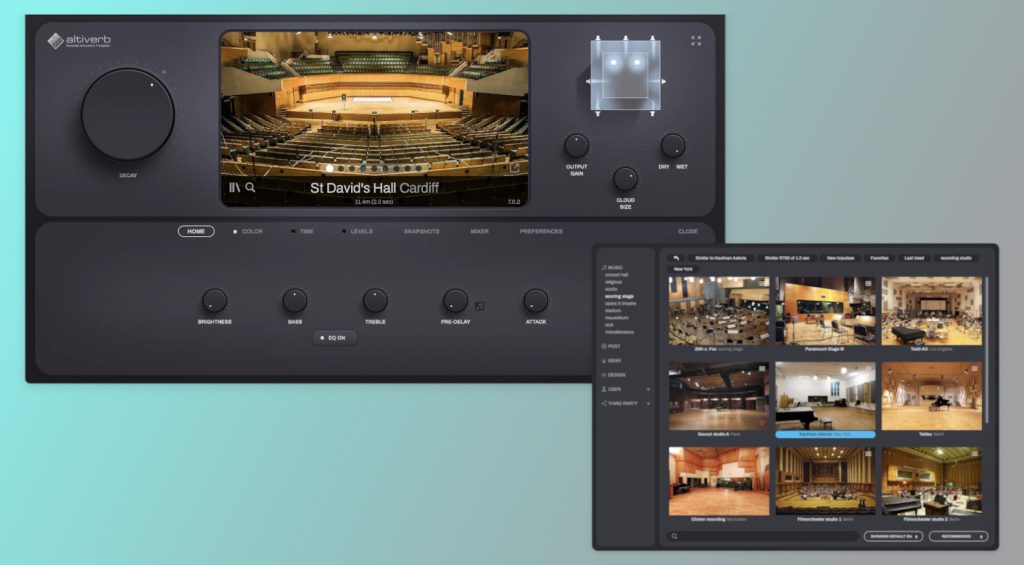
Of course, you do get the hang of it pretty quickly, but high-end convolution reverbs like Audio Ease Altiverb require plenty of space on your hard drive and put your CPU to work, so you often end up using them the old-school way on effects busses rather than as inserts. Don’t get me wrong, though, convolution reverbs sound absolutely amazing.
The question is, do you want the sound of an ornate stone monastery, or do you simply want a lush-sounding reverb? The fact that convolution reverbs are space-specific and focussed on realism makes them more niche. This makes them better for video and game audio post-production, sound design, and foley, as you can develop unique IRs to use for entire projects.

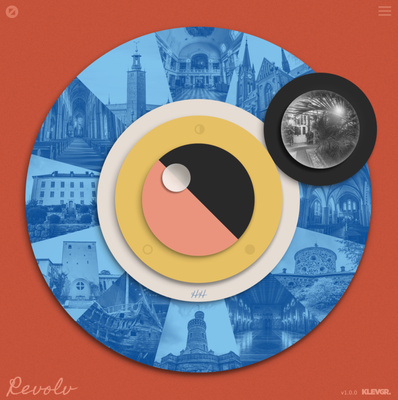
More about Algorithmic vs Convolution Reverb:
*Note: This article about Algorithmic vs Convolution Reverb contains affiliate links that help us fund our site. Don’t worry: the price for you always stays the same! If you buy something through these links, we will receive a small commission. Thank you for your support!
One response to “Algorithmic vs Convolution Reverb: Understand the Difference”



 5,0 / 5,0 |
5,0 / 5,0 | 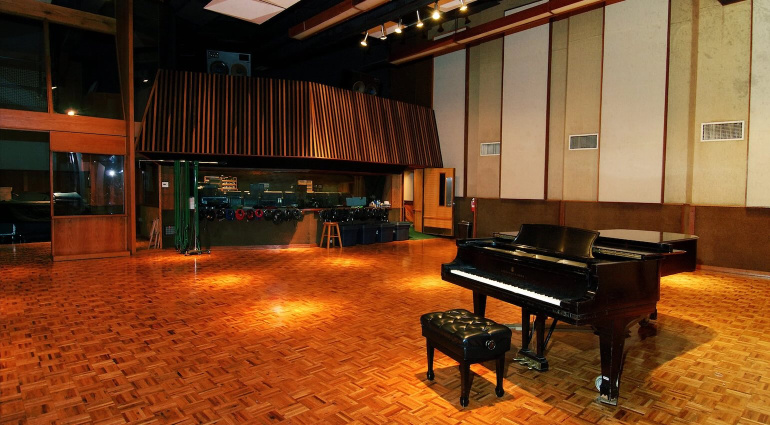



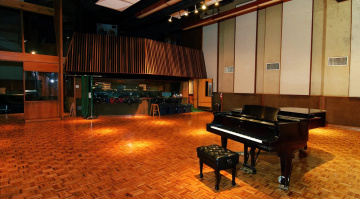


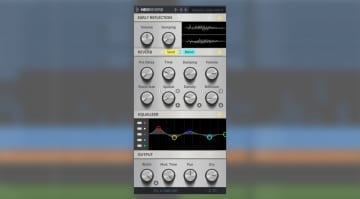

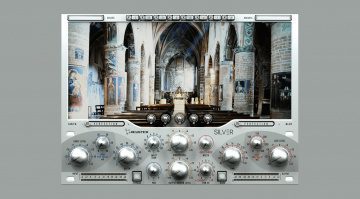

this👆